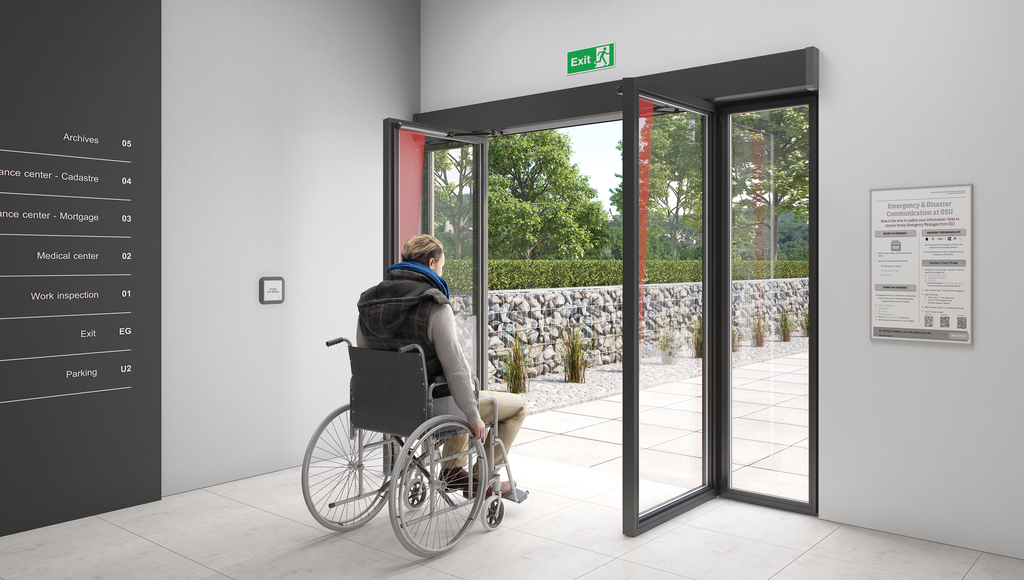Pedestrian Entrance Sensors
Low Energy Doors are automatic swing doors that must be opened specifically via a Knowing Act device, such as a push plate, touchless actuator or wireless button (per ANSI standards). These doors require less kinetic energy to open and close as compared to Full Energy Doors. A benefit of Low Energy Doors is that they provide accessibility in areas where Full Energy swing doors cannot be installed due to space, accessibility or other issues. BEA offers a wide selection of safety sensors and knowing act devices that can be used for activation and safety on Low Energy Doors
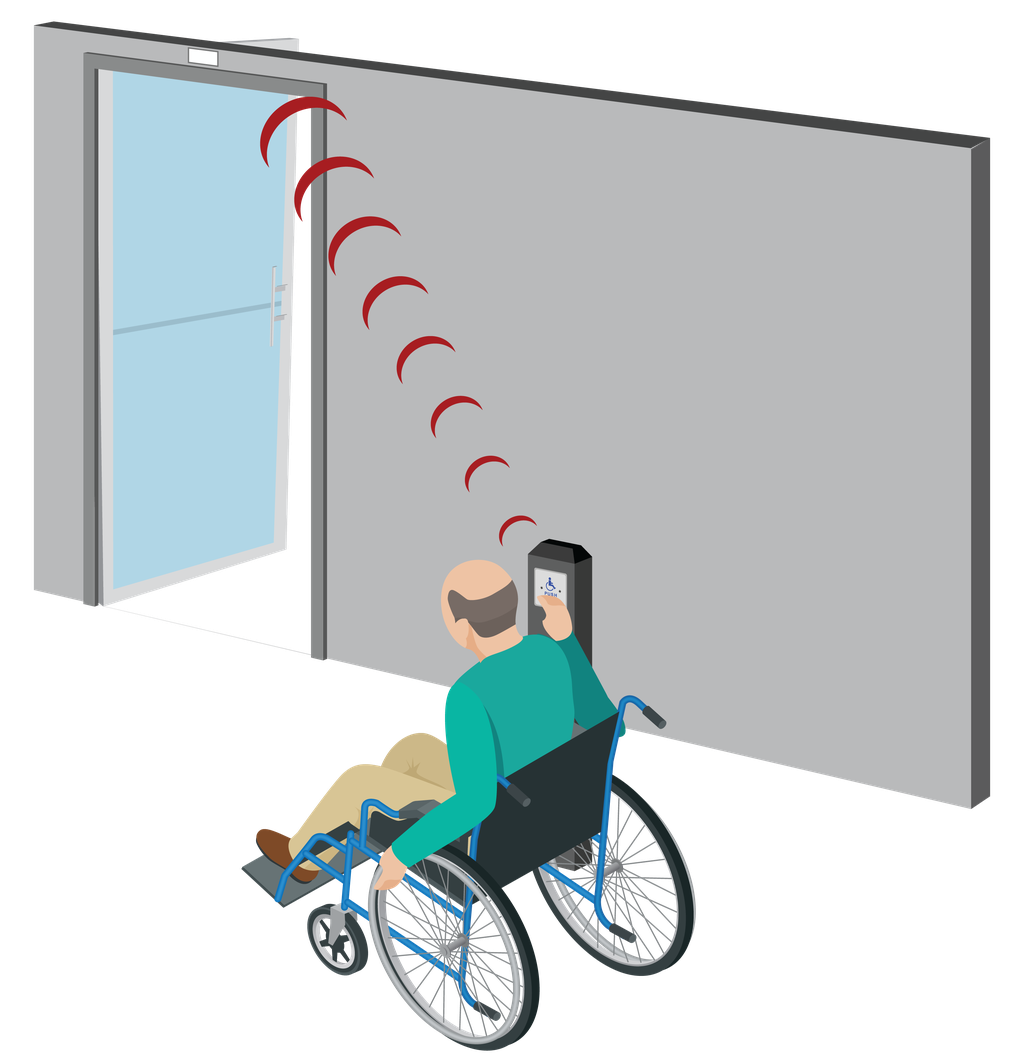
Push Plate Activation for Low Energy Doors
Push Plate activation is key to meeting the codes and standards applied to Low Energy Door applications. BEA offers a variety of traditional push plate solutions.
-
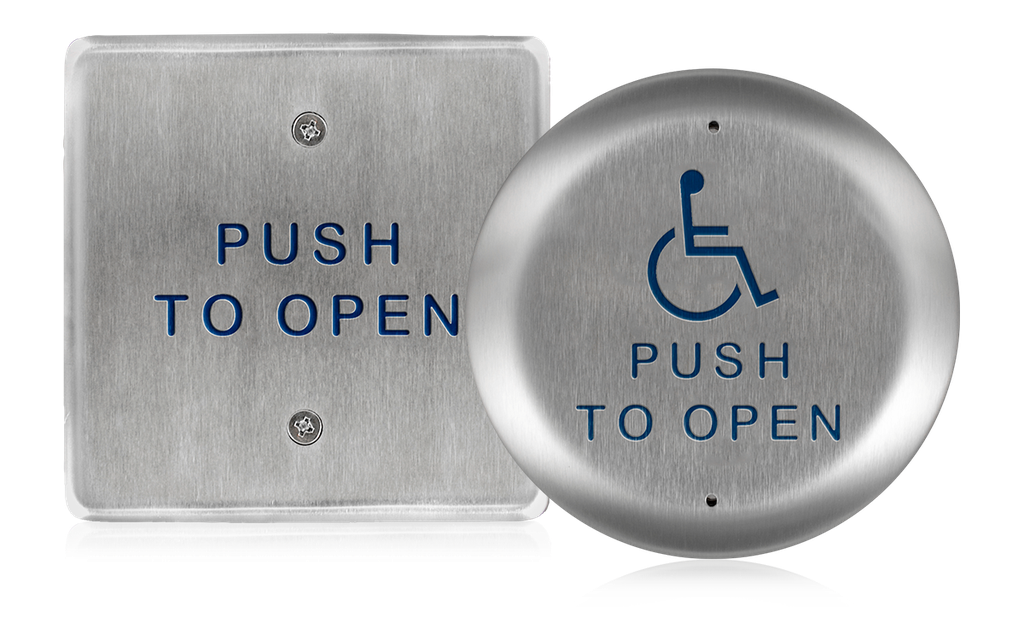 4.5 INCH ROUND & SQUARE PUSH PLATESLearn more
4.5 INCH ROUND & SQUARE PUSH PLATESLearn more -
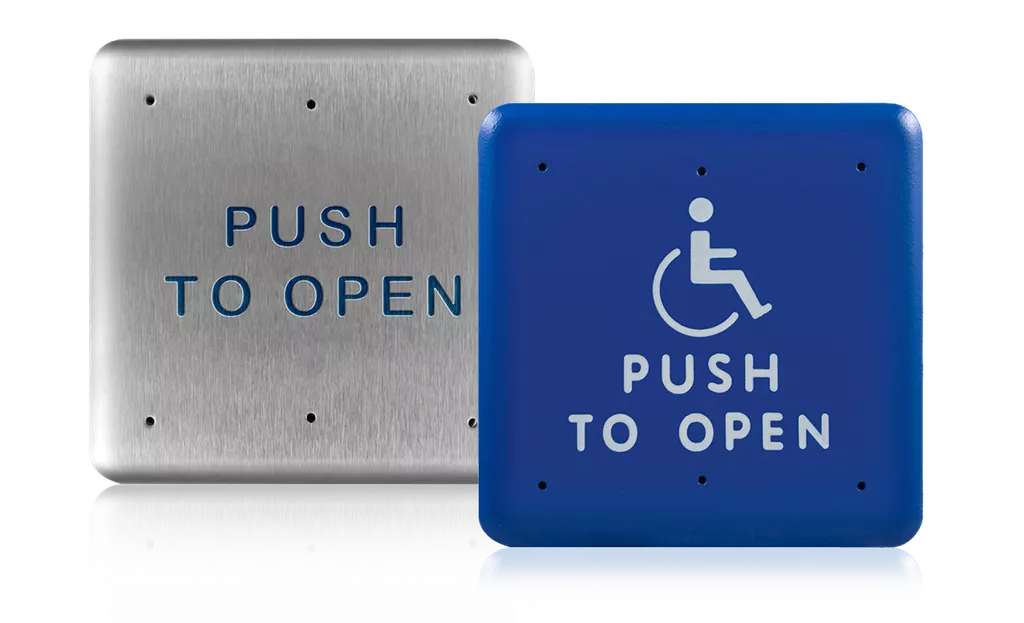 4.75 INCH SQUARE PUSH PLATESLearn more
4.75 INCH SQUARE PUSH PLATESLearn more -
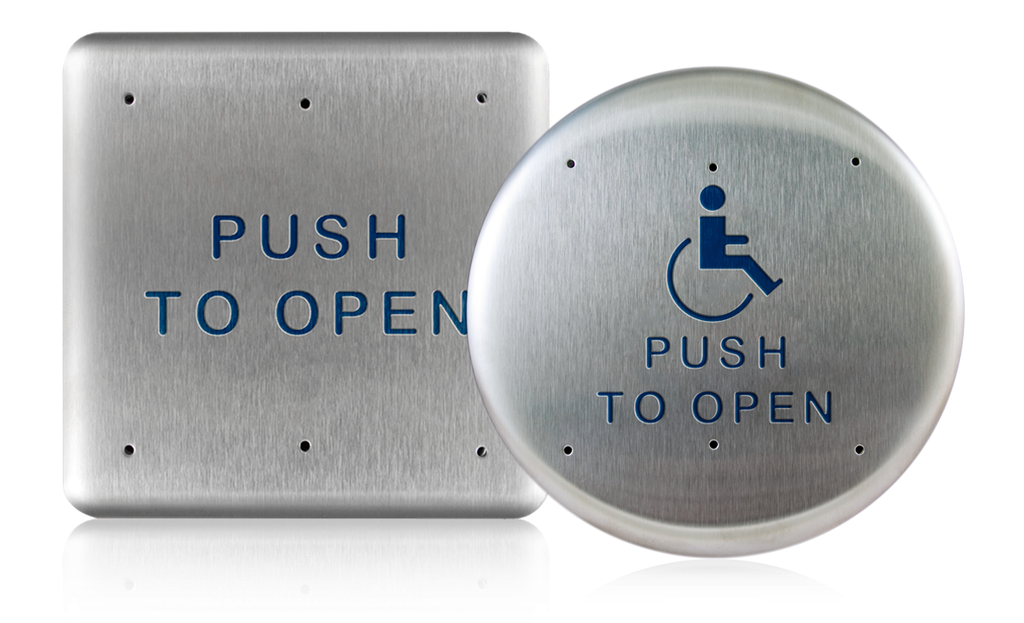 6 INCH ROUND & SQUARE PUSH PLATESLearn more
6 INCH ROUND & SQUARE PUSH PLATESLearn more
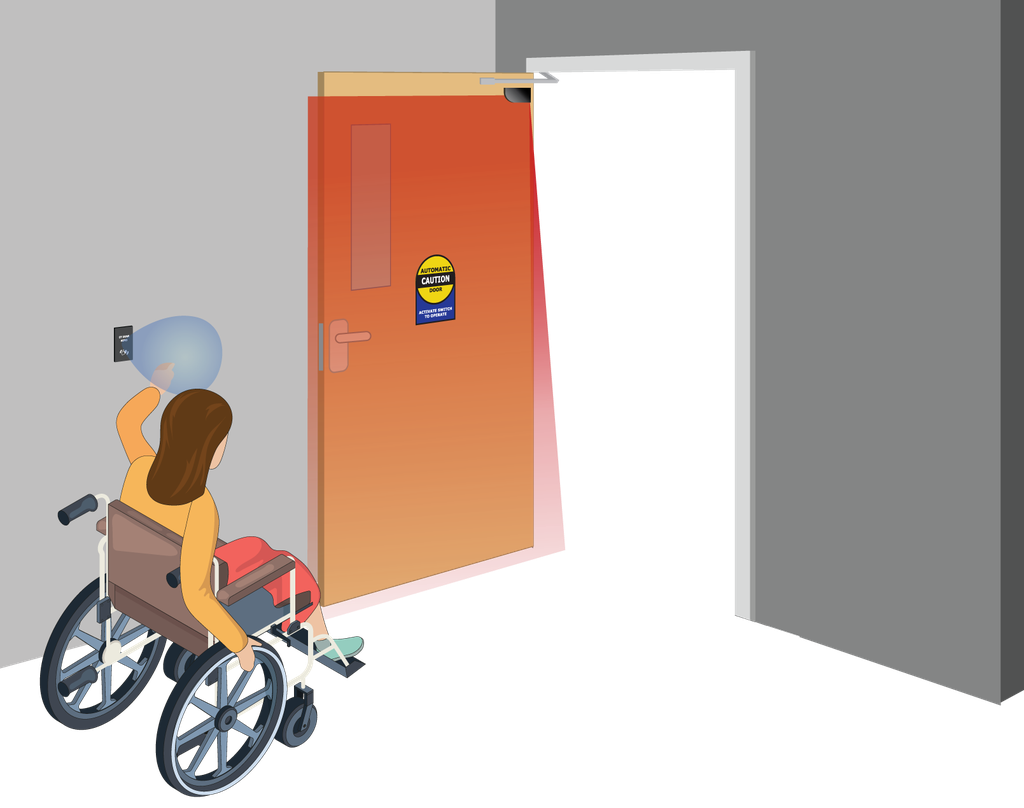
Touchless Activation for Low Energy Doors
Touchless activation solutions can be used in place of traditional push plates to meet the codes and standards associated with Low Energy Door applications. These solutions also reduce the spread of germs and bacteria.
-
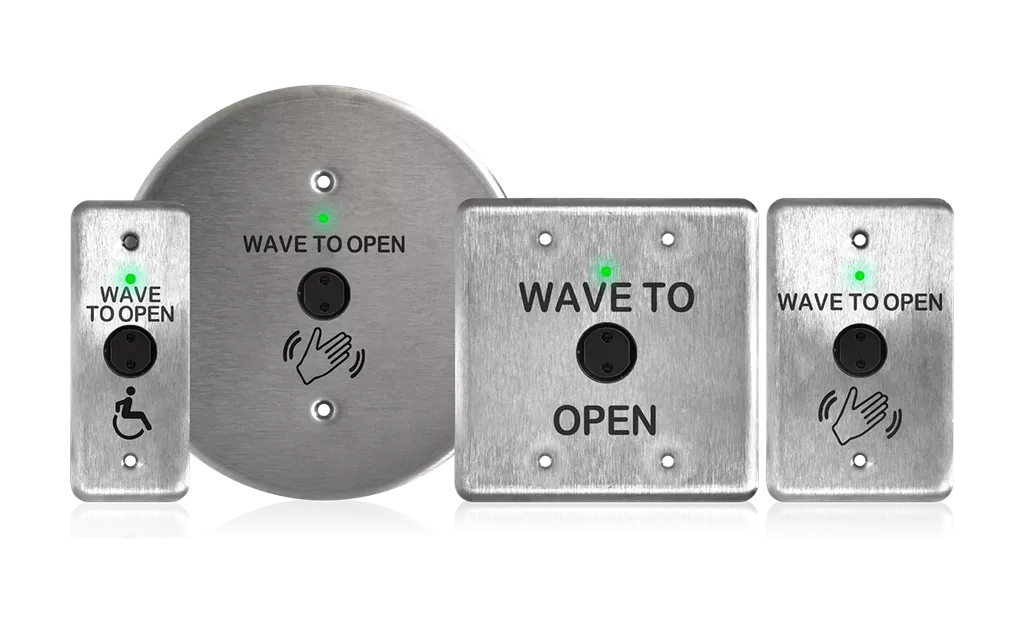 MS51WLearn more
MS51WLearn more -
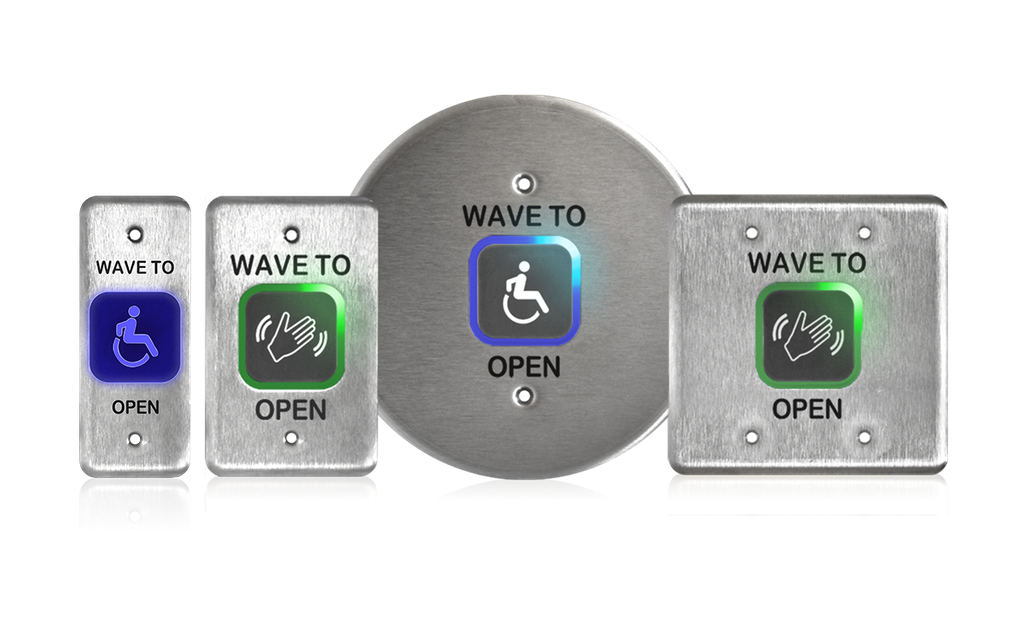 MS41Learn more
MS41Learn more -
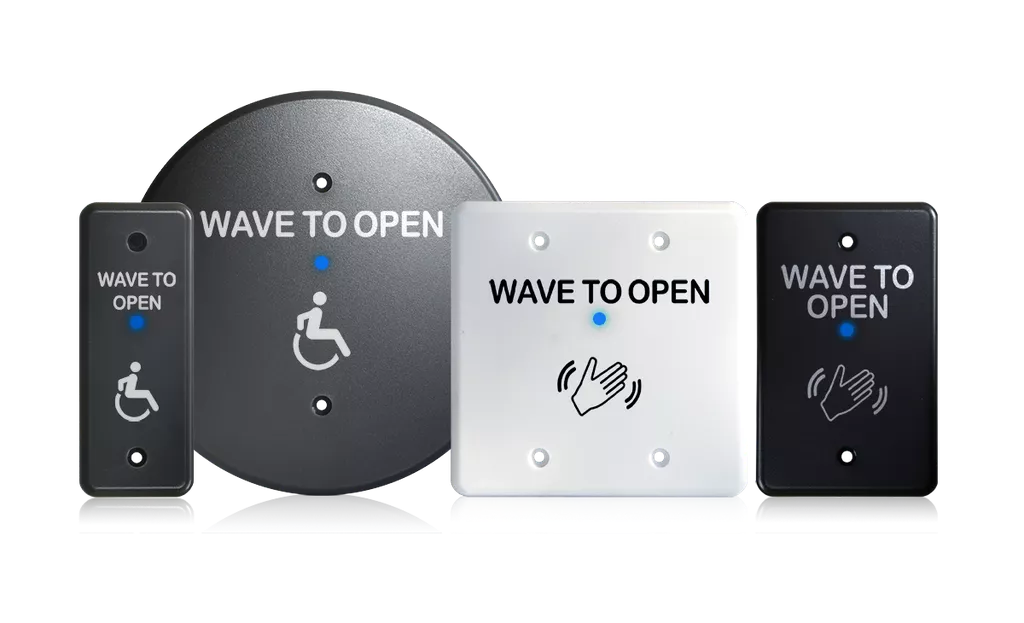 MS31Learn more
MS31Learn more
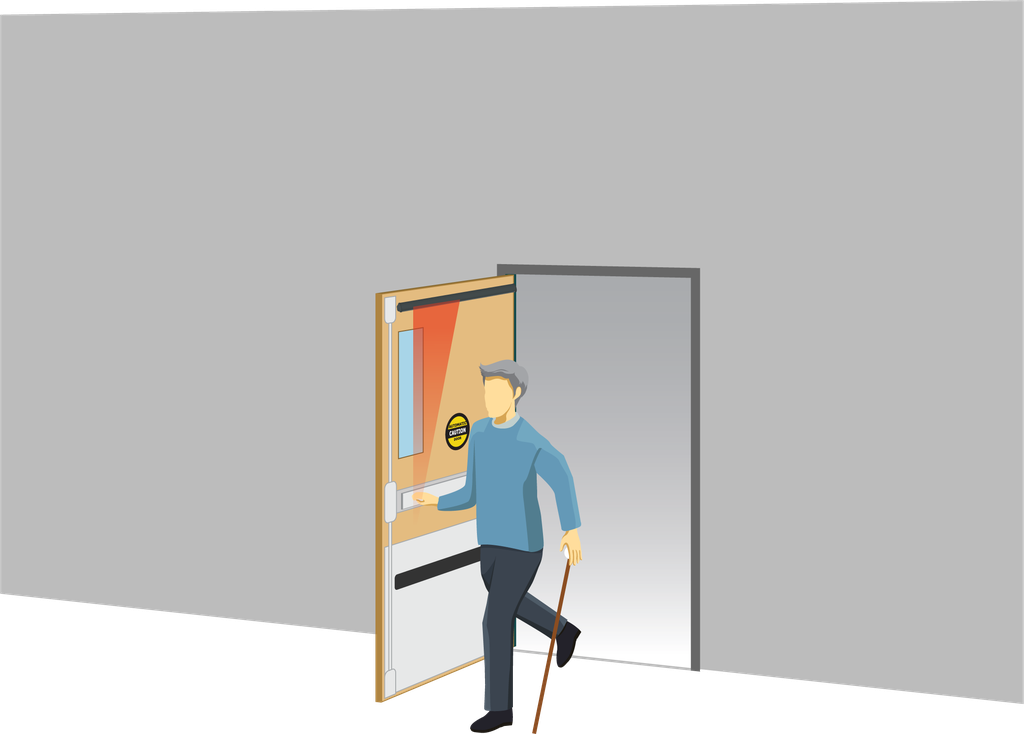
Recommended Safety and Reactivation for Low Energy Doors
Door mounted presence sensors are recommended, but not required, on Low Energy Doors. These sensors provide secondary activation when used in conjunction with Knowing Act devices. Along with these sensors, Logic Modules are recommended to disable the presence sensor’s primary activation functionality.
-
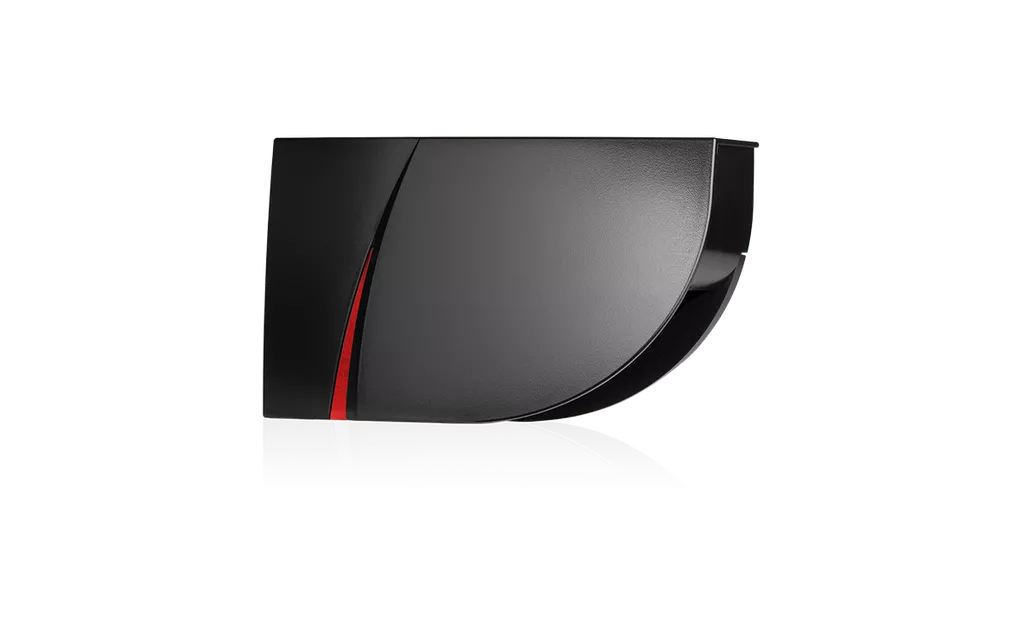 LZR-FLATSCAN 3D SWLearn more
LZR-FLATSCAN 3D SWLearn more -
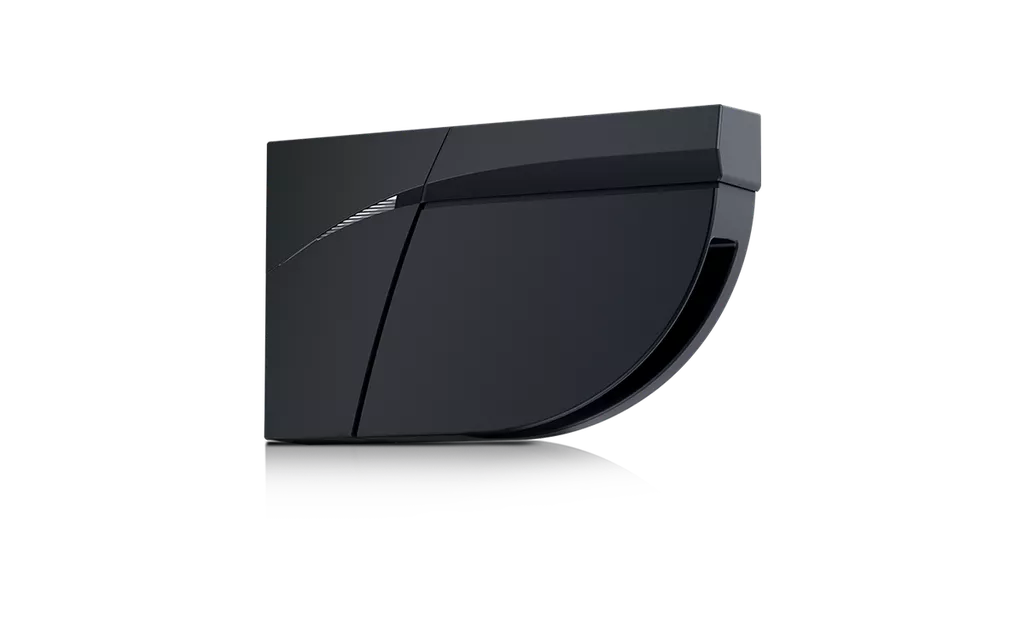 LZR-FLATSCAN SWLearn more
LZR-FLATSCAN SWLearn more -
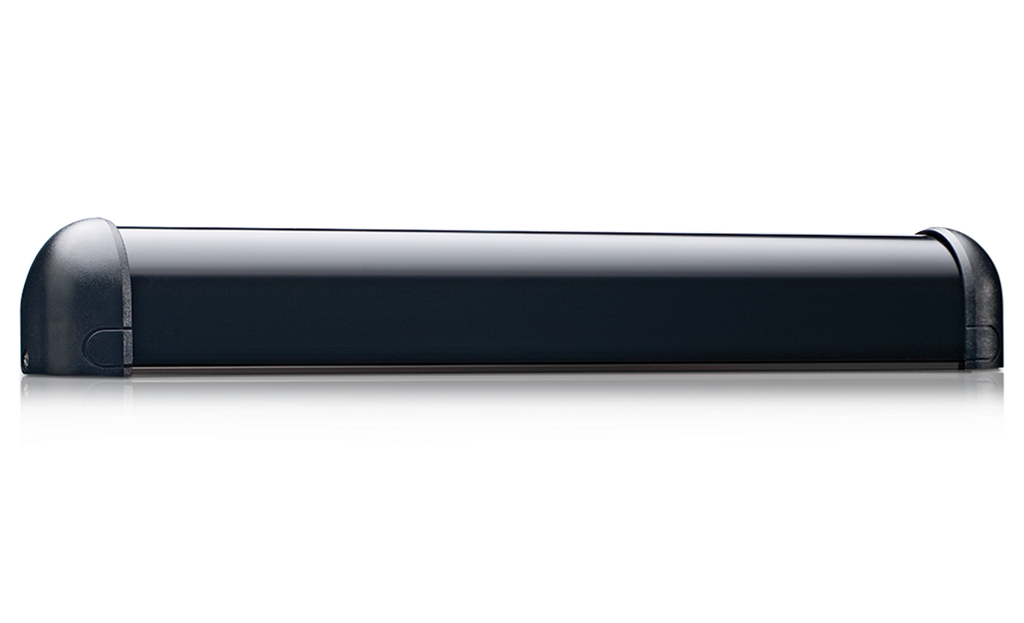 SUPERSCAN-TLearn more
SUPERSCAN-TLearn more
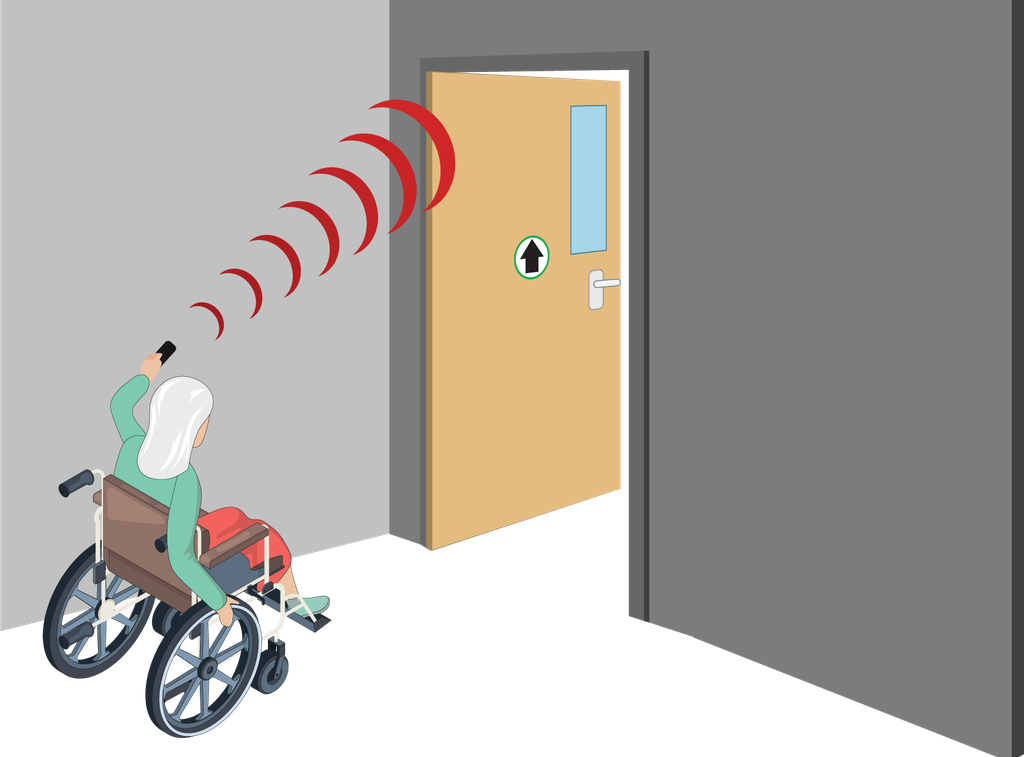
Wireless Activation for Low Energy Doors
Wireless transmitters and receivers can be combined with push plates or used independently to enhance accessibility on automatic doors. These solutions are available in three frequencies (300MHz, 433MHz and 900 MHz) and eliminate the need to run wires, which reduces installation time, while providing greater mounting flexibility.
-
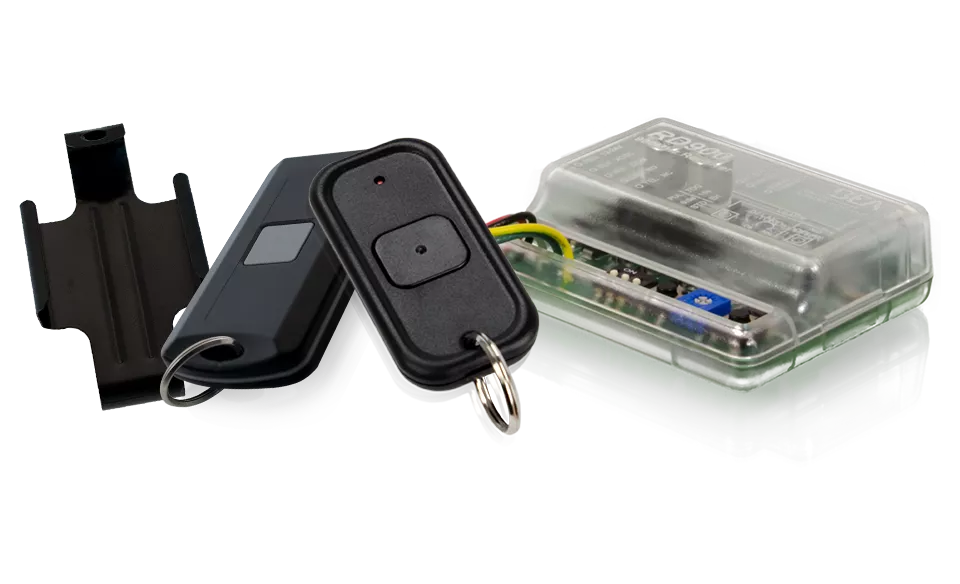 900 MHZ Wireless FamilyLearn more
900 MHZ Wireless FamilyLearn more -
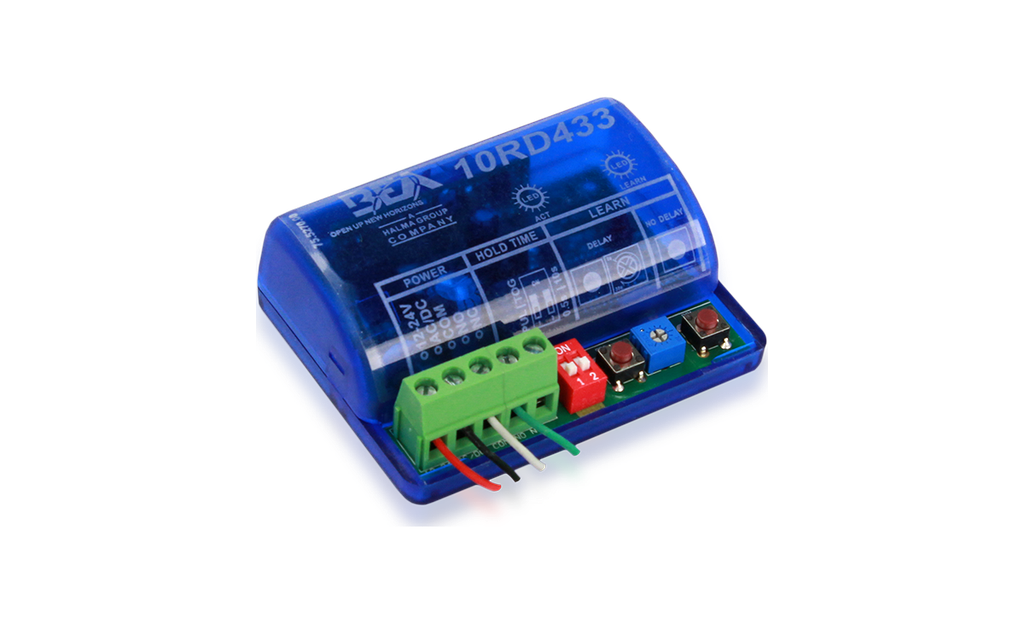 433 MHZ FAMILYLearn more
433 MHZ FAMILYLearn more -
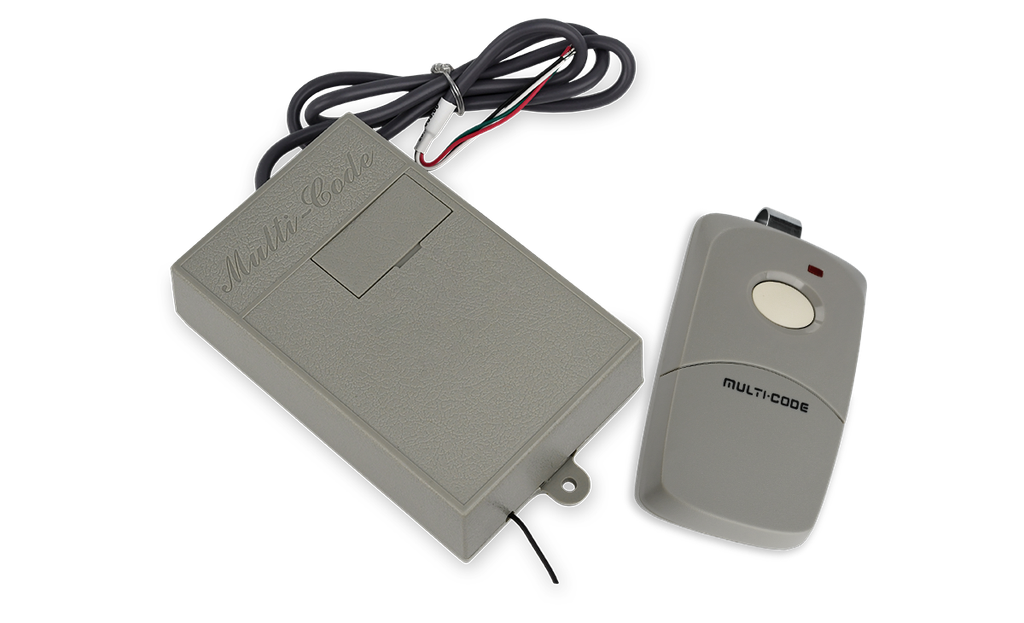 300 MHZ FAMILYLearn more
300 MHZ FAMILYLearn more
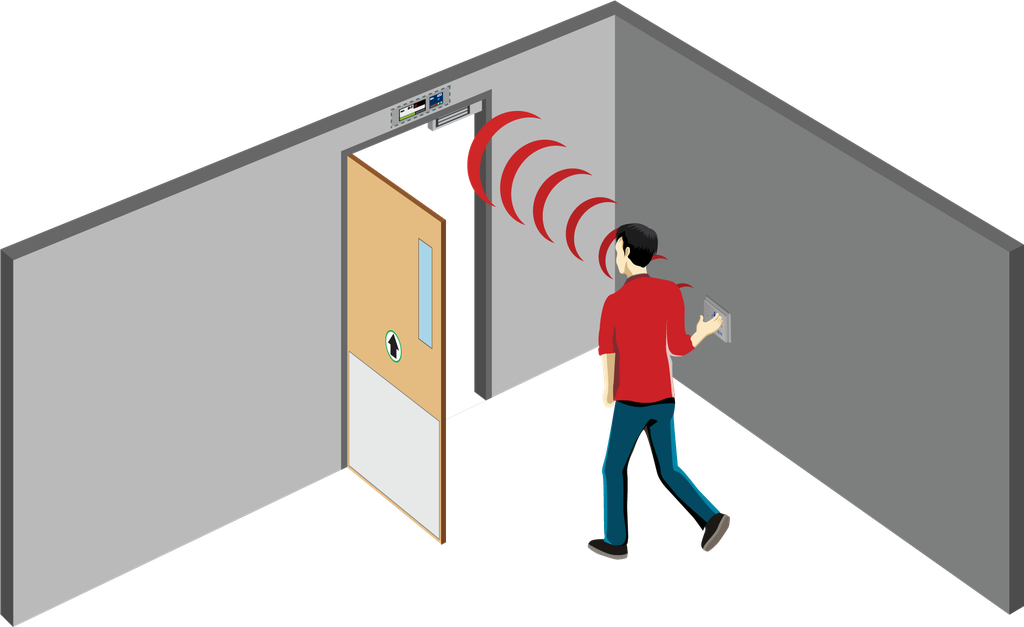
Logic for Low Energy Doors
Logic modules are recommended on Low Energy Doors equipped with door-mounted presence sensors. The logic disables the sensor’s primary activation function, only allowing it to be used for secondary activation in conjunction with a Knowing Act device.
-
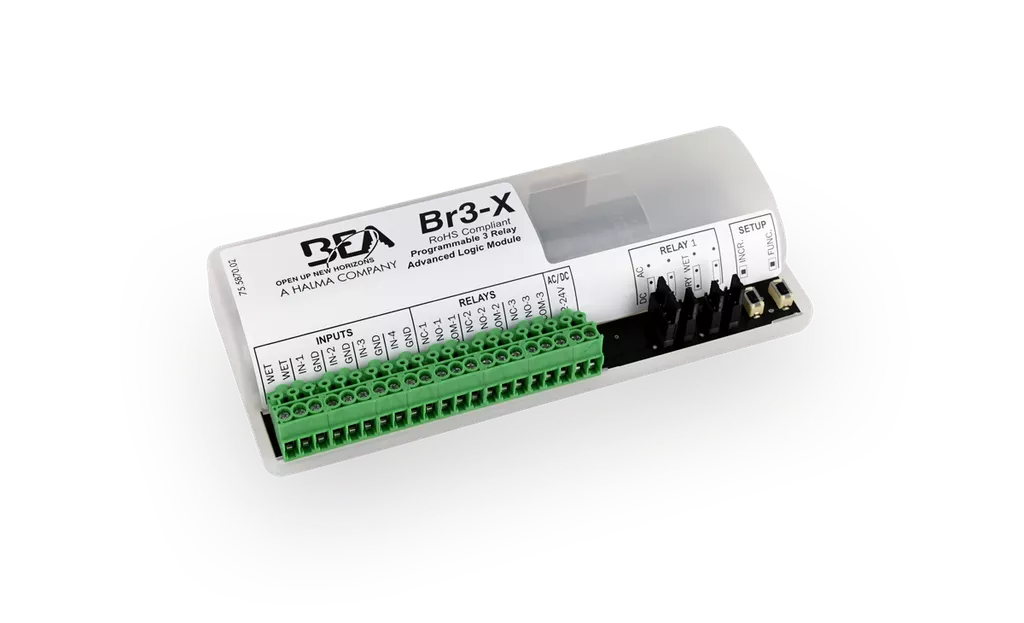 BR3-XLearn more
BR3-XLearn more -
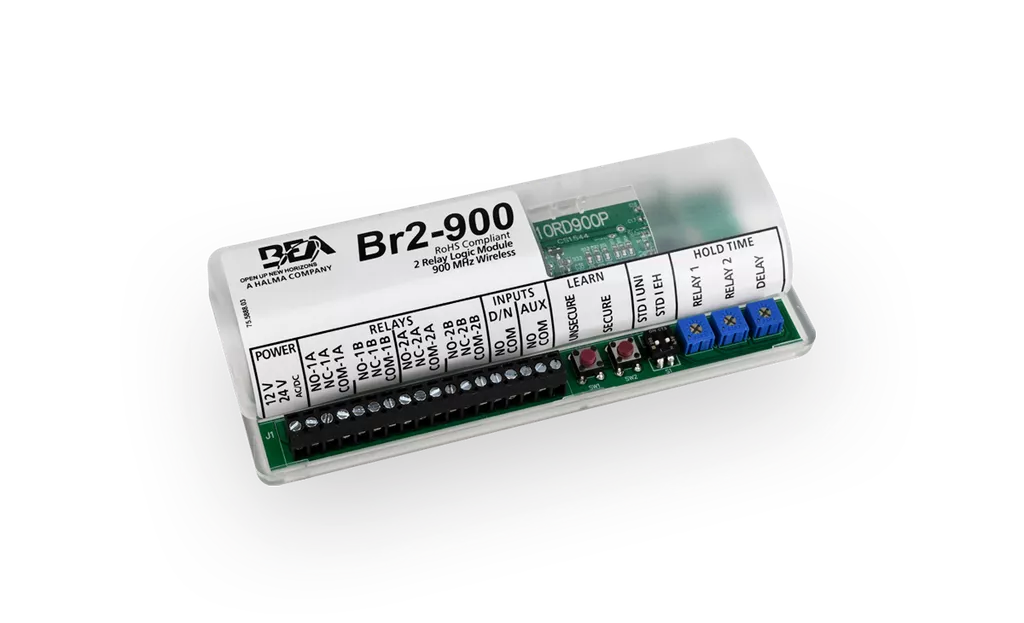 BR2-900Learn more
BR2-900Learn more
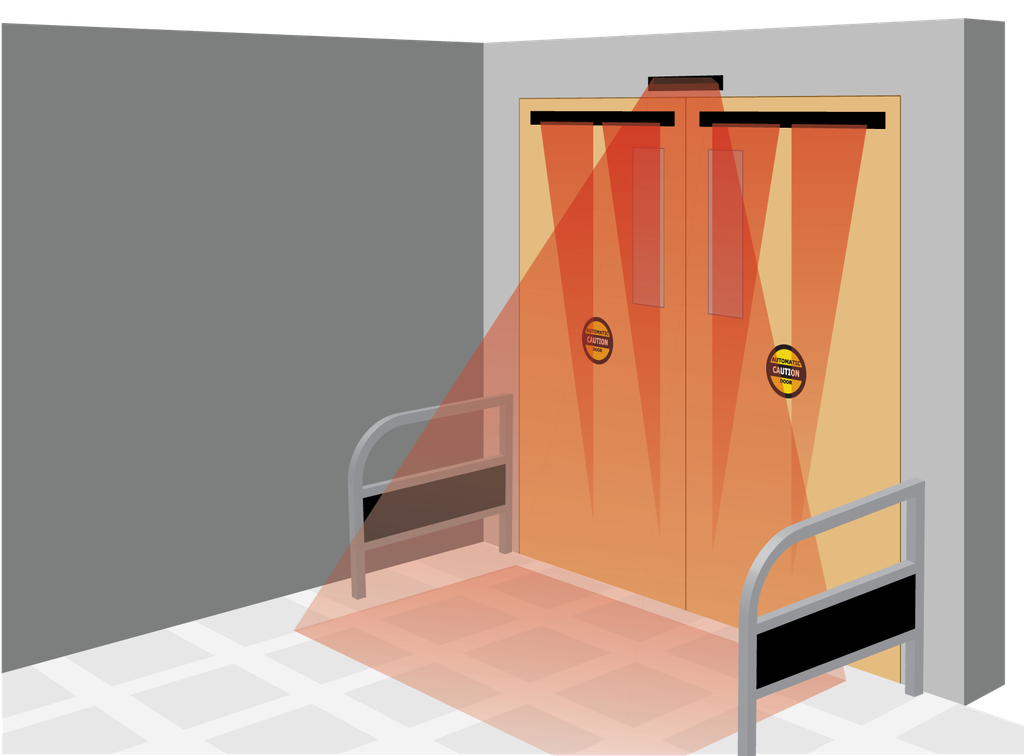
Low Energy Packages for Activation and Safety
Packaged solutions remove the guess work when selecting activation and safety solutions on Low Energy Doors. Packages include push plates, logic modules and safety sensors.
-
 Low Energy PackagesLearn more
Low Energy PackagesLearn more
See all our segments
-
-
Doors & Windows
-
Security & Access Control
-
-
-
Doors
-
Gates & Barriers
-
-
-
Autonomous Robots
-
Traffic & Transport Solutions
-
Asset Protection
-
